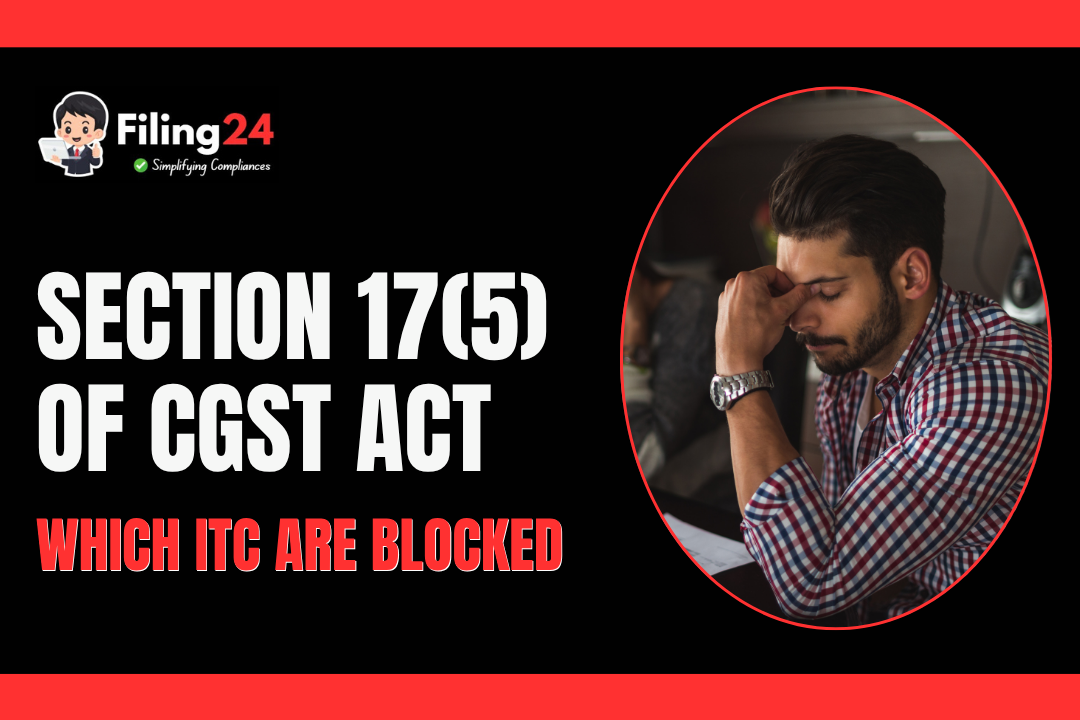Table of Contents
- What is GST Registration?
- Do You Need Separate GST Registration in Each State?
- Legal Basis: CGST Act and Rules
- When Is Separate Registration Required?
- Benefits of Multi-State GST Registration
- Step-by-Step Process for Getting GSTIN in Multiple States
- Common Mistakes to Avoid
- FAQs (People Also Ask)
What is GST Registration?
GST Registration is a legal requirement under the Goods and Services Tax (GST) regime in India. It provides a unique identification number (GSTIN) to businesses and enables them to collect and remit GST to the government.
Do You Need Separate GST Registration in Each State?
Yes, if your business operates in more than one Indian state, you must obtain a separate GST registration for each state.
Example: If your company has offices in both Maharashtra and Karnataka, you need two separate GSTINs, one for each state.
Reasons Why:
- GST is state-specific under the dual GST structure.
- Each state levy its own SGST along with CGST.
- You need to file returns separately for each registration.
Legal Basis: CGST Act and Rules
✅ Section 25(1) of the CGST Act, 2017
Every person who carries on business in more than one state or union territory shall be required to obtain separate registration for each.
✅ Rule 11 of CGST Rules
Allows multiple registrations within the same state, provided the business has multiple places of business.
Supporting Authority
When Is Separate Registration Required?
✅ Scenarios That Require Separate GSTINs
| Situation | GSTIN Required? |
|---|---|
| Branch in multiple states | Yes |
| Warehouses in multiple states | Yes |
| Separate verticals in same state (opted) | Yes |
| Single location supplying pan-India | No |
Registration Checklist for Multi-State Operations:
- ✅ Physical business location in another state?
- ✅ Raising invoices from that branch?
- ✅ Storing inventory or fulfilling orders from that location?
If your answer is “Yes” to any of these, then you must apply for a separate GSTIN for that state as per the latest GST rules in 2025.
Benefits of Multi-State GST Registration
- ✅ Claim Input Tax Credit (ITC) in each state
- ✅ Comply with local laws and inspections
- ✅ Improve logistics and state-wise reporting
- ✅ Avoid penalties due to non-registration
“Separate GSTINs allow seamless invoicing, inventory tracking, and tax compliance.”
Step-by-Step Process to Register for GST in Multiple States
Step 1: Ensure PAN Validity
- One PAN can hold multiple GSTINs
Step 2: Gather Documents
- PAN Card
- Proof of business place in each state
- Authorization Letter/Board Resolution
- Bank details
Step 3: Apply Online via GST Portal
- Use Form GST REG-01 for each state
Step 4: Verification & GSTIN Issuance
- Physical verification if required
- Receive State-wise GSTIN
Common Mistakes to Avoid
- ❌ Using one GSTIN for multiple states
- ❌ Not maintaining separate books for each branch
- ❌ Failing to file NIL returns for inactive branches
Tip:
Maintain a compliance calendar to track return filing deadlines for each GSTIN.
FAQs (People Also Ask)
What is a GSTIN?
A GSTIN is a 15-digit unique identification number issued to every registered business under GST.
Can I have 2 GST registrations in the same state?
Yes, under Rule 11, if you have multiple business locations or verticals, you can apply for multiple GSTINs.
Is GST registration state-wise or PAN-wise?
It is both—PAN-based and state-specific. You can have multiple GSTINs under a single PAN.
What if I don’t register branches in other states?
Your business may face penalties, interest charges, and denial of ITC for inter-state transactions.
Final Thoughts: Why Multi-State GST Registration is Essential in 2025
With the GST system becoming stricter, multi-state GST registration in 2025 ensures your business stays compliant, scalable, and audit-ready. It helps streamline operations, especially if you’re selling online or across India.
“Compliance is not a cost : it’s a competitive edge.”







